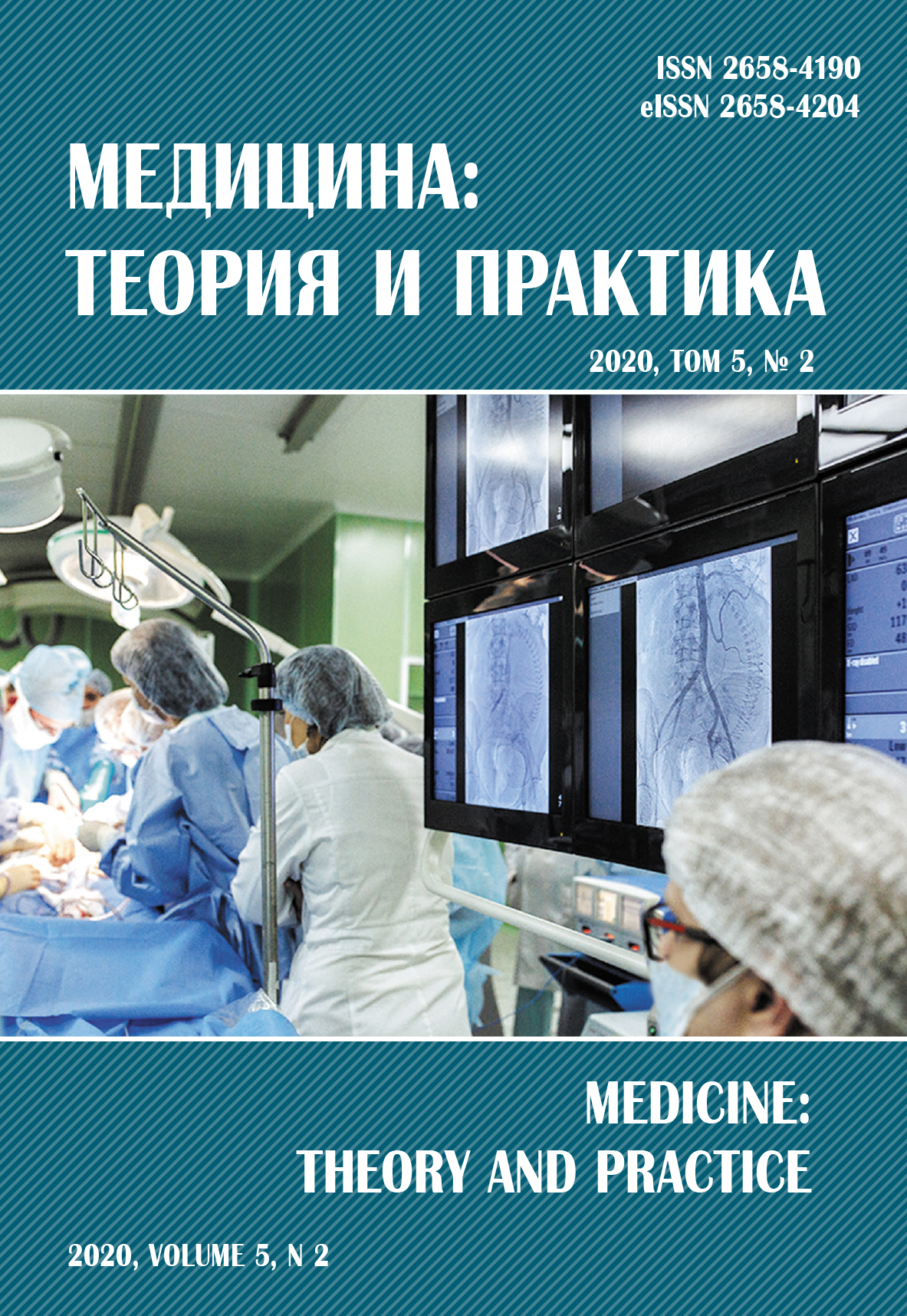REGULARITIES OF DEVELOPMENT OF DISTURBANCES OF FAT METABOLISM IN PATIENTS WITH HYPOTHALAMIC SYNDROME AT DIFFERENT DEGREES OF MATURITY OF THE ORGANISM
Abstract
We examined 338 males (mean age 21,27±2,44 years). Of these, group I - hypothalamic syndrome of the late puberty (n=82); group II - constitutional exogenous obesity of the late puberty (n=20); group III - hypothalamic syndrome of puberty (n=158); group IV - constitutionally exogenous obesity of puberty (n=78). Patients with hypothalamic syndrome differed from patients with constitutional exogenous obesity with a higher body mass index (BMI) (39,79±2,68 and 38,66±2,59 kg/m2; p<0,001), waist size (142, 17±20,08 and 135,91±18,9 cm; p<0,001), the ratio of waist/hips (1,25±0,25 and 1,18±0,19; p<0,05). In I group, BMI was significantly higher than in II group (39,91±2,56 and 38,56±1,59 kg/m2; p<0,05), and in III group higher than in IV group (39,72±2,74 and 38,68±2,80 kg/m2; p<0,05). At the same time, no significant differences were obtained between BMI values in I and III groups of patients (39,91±2,56 and 39,72±2,74 kg/m2; p>0,05). Similar data were obtained with respect to the waist volume and the ratio of the waist volume/volume of the hips. Grade 3 obesity was more common in the group of patients with puberty hypothalamic syndrome compared with constitutional exogenous obesity (61,0% and 20,0%; χ2=33,3; p<0,01). The data obtained indicate that the most pronounced disorders of fat metabolism were observed in patients with hypothalamic syndrome. Therefore, patients with hypothalamic syndrome are more prone to cardiometabolic risk than patients with constitutional exogenous obesity.



